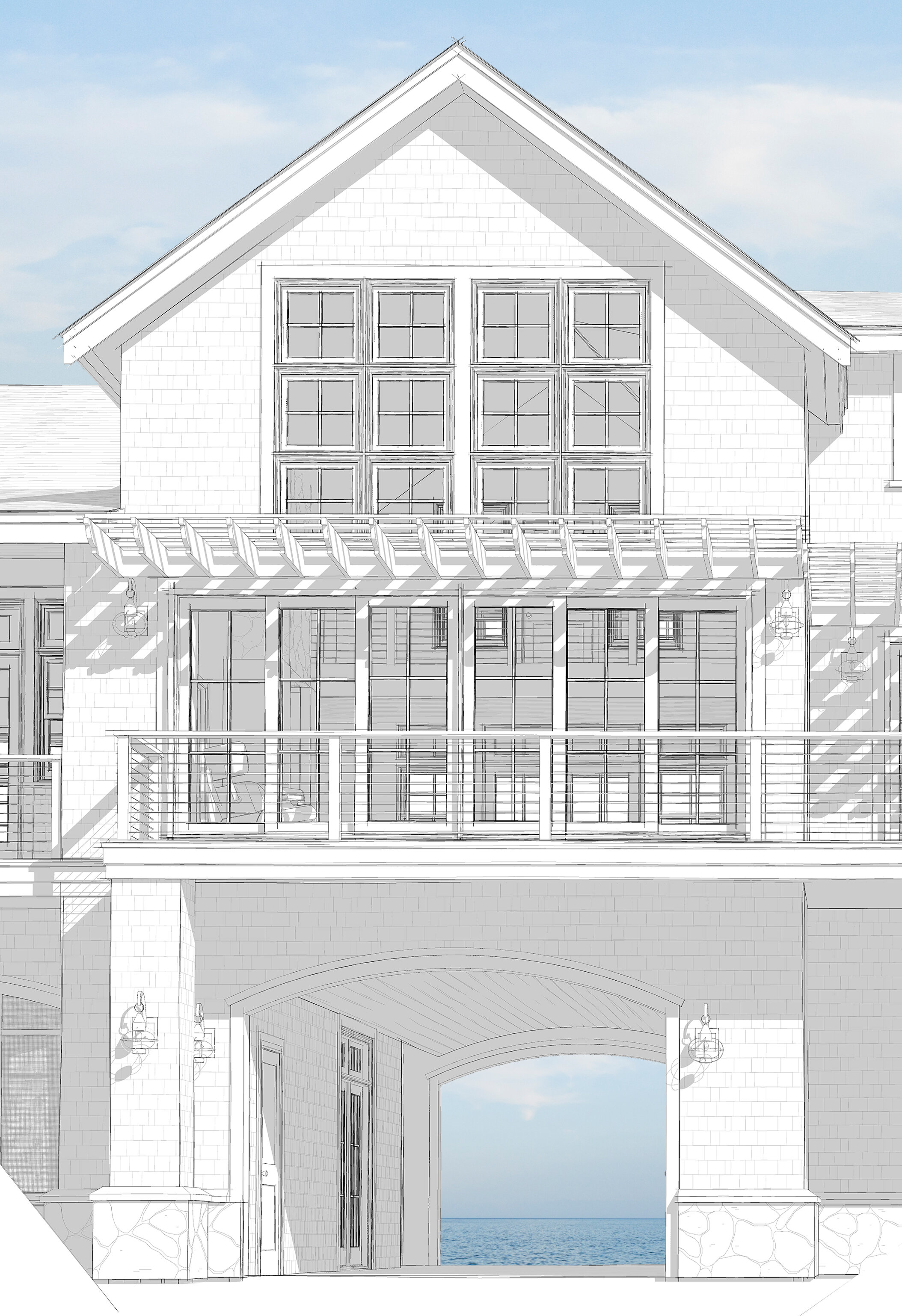One of the easiest ways to make your new or renovated home more energy efficient is to take advantage of daylight through the use of windows, skylights, and reflective surfaces. Not only will daylighting lower your energy bills, but it’s also a great way to make your home green.
Benefits of Implementing Daylighting Strategies
Daylighting is a simple and powerful way of reducing energy expenditures, and it’s used often in large commercial spaces. The same principles can be applied to residential design. According to Professor of Sustainable Construction Technologies and former Dean of the School of Architecture, Civil and Environmental Engineering of EPFL:
“Depending on the building and how it's used, a good daylighting strategy can reduce the need for energy-consuming electric lighting by 20 to 80 %.”
Not only does daylight help to lower electricity costs associated with artificial lighting, solar heat gain (from windows) can be used to warm interior spaces, thereby lowering heating bills.
In addition to saving you money, using daylight effectively is an easy way to help the environment. Reductions in electricity and gas help to decrease your carbon footprint. Sunlight is the perfect renewable resource!
Leveraging natural daylight has been proven to have other positive effects in buildings. Increased daylight provides a more productive workspace (kitchen, home office, study) and can have a positive psychological impact on occupants including:
increasing levels of serotonin in the body which can elevate mood, increase focus, reduce depression and relieve anxiety
increasing brain stimulation and regulating body orientation and balance
helping people feel more in touch with their surroundings
helping to create an atmosphere of contemplation and composure
Methods of Incorporating Daylight into Your New or Renovated Home
You can bring more daylight into your home through the strategic use of windows, doors, openings and skylights. If you are building a new home, it’s the perfect time to consider how to orient the rooms of your home to maximize the use of daylight. For example, strategic placement of windows on the north elevation of your home provides a more consistent, indirect light. On the other hand, sunlight coming from the south is more direct and, when managed properly, can provide a pleasurable environment for some living spaces (living room, sunroom).
Windows with tall head heights can bring a lot of natural light deeper into your home as can clerestories (high windows above eye level). Other methods to use daylight include lighter wall colors and mirrors. At times, you may need to reduce the glare from sunlight as it will provide too much light. You can do this through the use of light shelves, external shading systems, interior shades and strategically designed roof overhangs.
If you are looking to rehabilitate an existing home or rebuild, INTEGRATA Architecture + Construction has a wealth of experience and we are happy to discuss your project with you. Please send us an email for more information or phone the office at (508) 495-6575.



